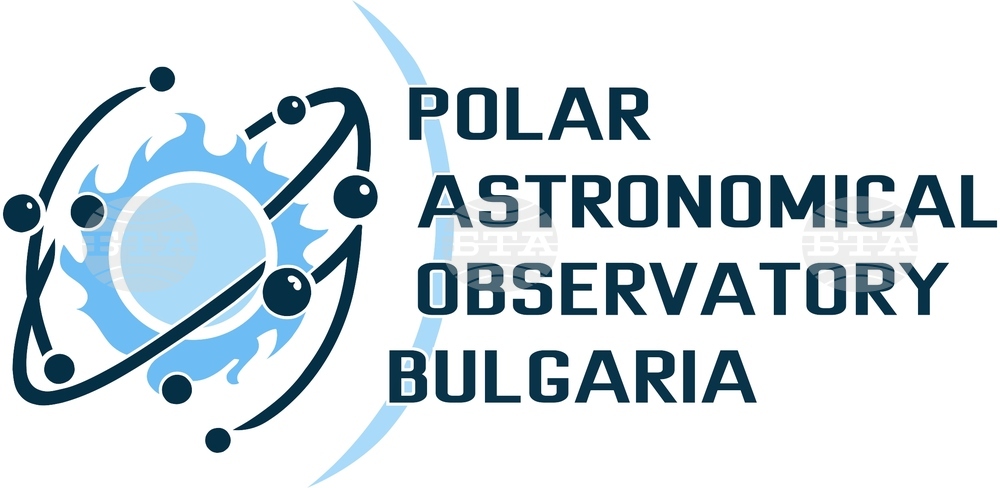site.btaBulgaria to Carry Out First Polar Astronomy Research at Antarctic Base on Livingston Island


The first Bulgarian polar astronomy research project will be held on the territory of the Bulgarian Antarctic Base on Livingston Island in 2024-2025, the Institute of Astronomy with National Astronomical Observatory at the Bulgarian Academy of Sciences (IA with NAO-BAS) announced Tuesday. The project focuses on the impact of solar activity on ionospheric dynamics and high-energy particle fluxes over Antarctica.
The team of scientists from IA, Sofia Technical University and Nikola Vaptsarov Naval Academy, which will work on the implementation of the project, is headed by Assoc. Prof. Dr. Kamen Kozarev.
The pulsations in the Earth's ionosphere caused by solar storms will be studied in detail from the polar base on Livingston Island for the first time. The main aim of the project is to study the activity of the stellar corona, solar flares and coronal mass ejections. High-frequency radio observations, which will be carried out with the instrumentation prepared for the project, will provide valuable information on the speed and energy of coronal mass ejections.
Daily multi-hour radio observations of the Sun are planned on the territory of the Bulgarian Antarctic Base on Livingston Island, which has a unique location due to its proximity to the South Pole of the Earth. The site was also chosen for its extremely quiet radio location, which will allow the study of pulsations in solar flares and the features of shock waves in the stellar corona.
Studying the Sun and solar activity is extremely important for humans and the Earth's biosphere, IA notes. Sometimes solar storms reach the planet and lead to geomagnetic activity. In 2025, the solar cycle is expected to reach a peak and solar flares will occur almost every day, the Institute added.
Scientists will also make observations of solar cosmic rays, which consist of particles accelerated by solar flares. In addition to electromagnetic radiation, solar flares accelerate ions that propagate in the stellar corona and interplanetary medium. These reach the Earth's magnetosphere and gain the easiest access to circumpolar regions due to the peculiar geometry of the Earth's magnetic field.
During the Antarctica’s summer, continuous radio observations of solar activity will be possible for up to 20 hours per day. Observations of ionospheric layer change will be made simultaneously from Livingstone Island, Bulgaria and Ireland, which will enable the ionosphere to be used as a giant detector during solar activity.
The project was approved in the competition for funding of polar research of the National Centre for Polar Research (NCPR) at Sofia University St. Kliment Ohridski.
/NF/
news.modal.header
news.modal.text